For much of the 17th century, and for a few precious decades in the 19th and 20th centuries, the Netherlands was home to some of the world’s greatest artists. With their genius for organisation, the Dutch have made the most of this legacy by collecting and displaying the glories of their country’s Golden Age and the pioneering geniuses of European Modernism around the Museumplein, a concentrated collection of museums in Amsterdam—their capital and largest city.
The Rijksmuseum, Holland’s massive national collection, is the place to find the great works of 17th-century Dutch art. Then comes the Stedelijk Museum Amsterdam, one of the world’s earliest collectors of Modern art and design, which now actively updates its holdings to encompass contemporary trends. And in between lies the Van Gogh Museum, with the largest collection of works by the doomed Dutchman, whose peripatetic life included a stay in the city.
The challenge and reward in moving back and forth between these institutions is to find artistic pathways most visible inside Holland—between the burnished humanism of Rembrandt and the explosive humanity of Van Gogh; between the optical sensitivity of Vermeer, and the transcendent geometry of Mondrian. It is a deep and rich endeavour, and one that benefits from centuries of home-grown connoisseurship and state-of-the art conservation.
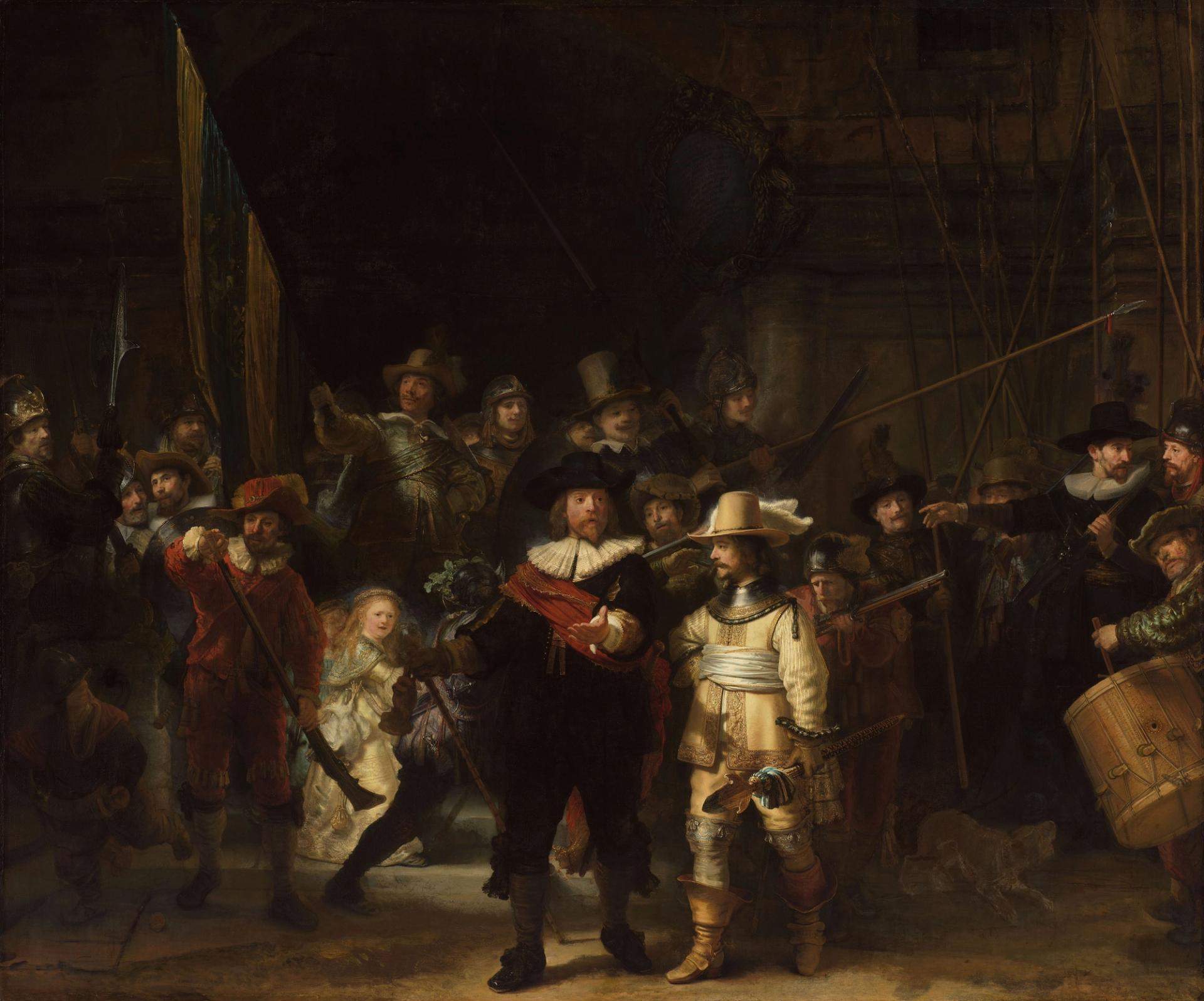
1. Rembrandt's The Night Watch (1642), Rijksmuseum, Museumstraat
The civic guard group portrait was a mainstay genre of the Dutch Golden Age, and Rembrandt’s version is the anchor work in the Rijksmuseum's Gallery of Honour, housing the country’s best-known masterpieces. Rather than a display of military might, it can seem like a pageantry of human existence, encompassing the comical, the tragic, the wilful, and the uncanny.
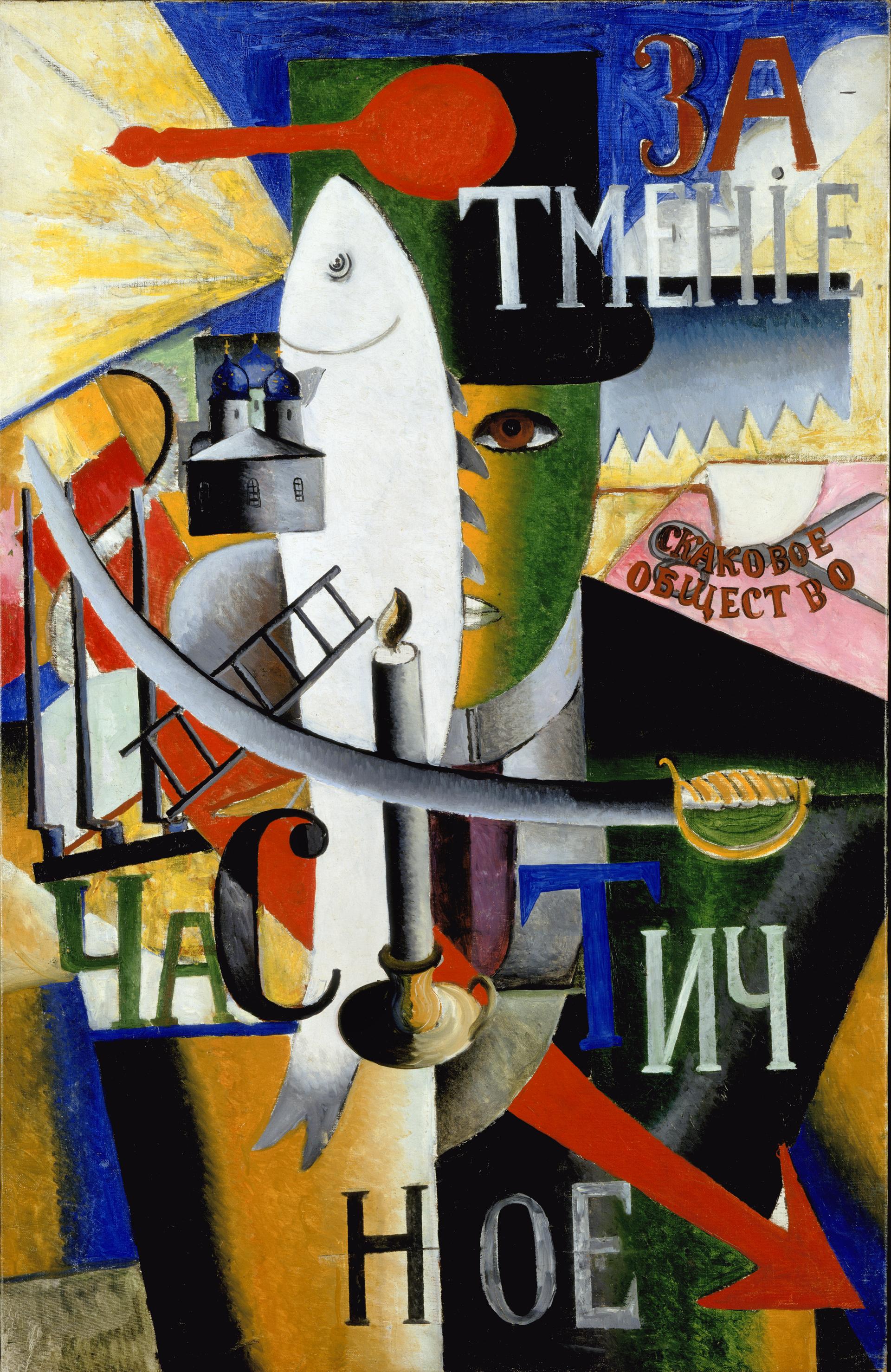
Courtesy Stedelijk Museum Amsterdam
2. Kazimir Malevich's An Englishman in Moscow (1914), Stedelijk Museum Amsterdam, Museumplein
On his way to Suprematism, the Ukrainian artist had a stopover in Futurism; his geometric collages and Cyrillic word salads presaging Surrealism. An engaging, baffling, and rousing roundabout of the European avant-garde, the piece is a bit of an outlier in Malevich’s own oeuvre but a signature work of the Stedelijk.
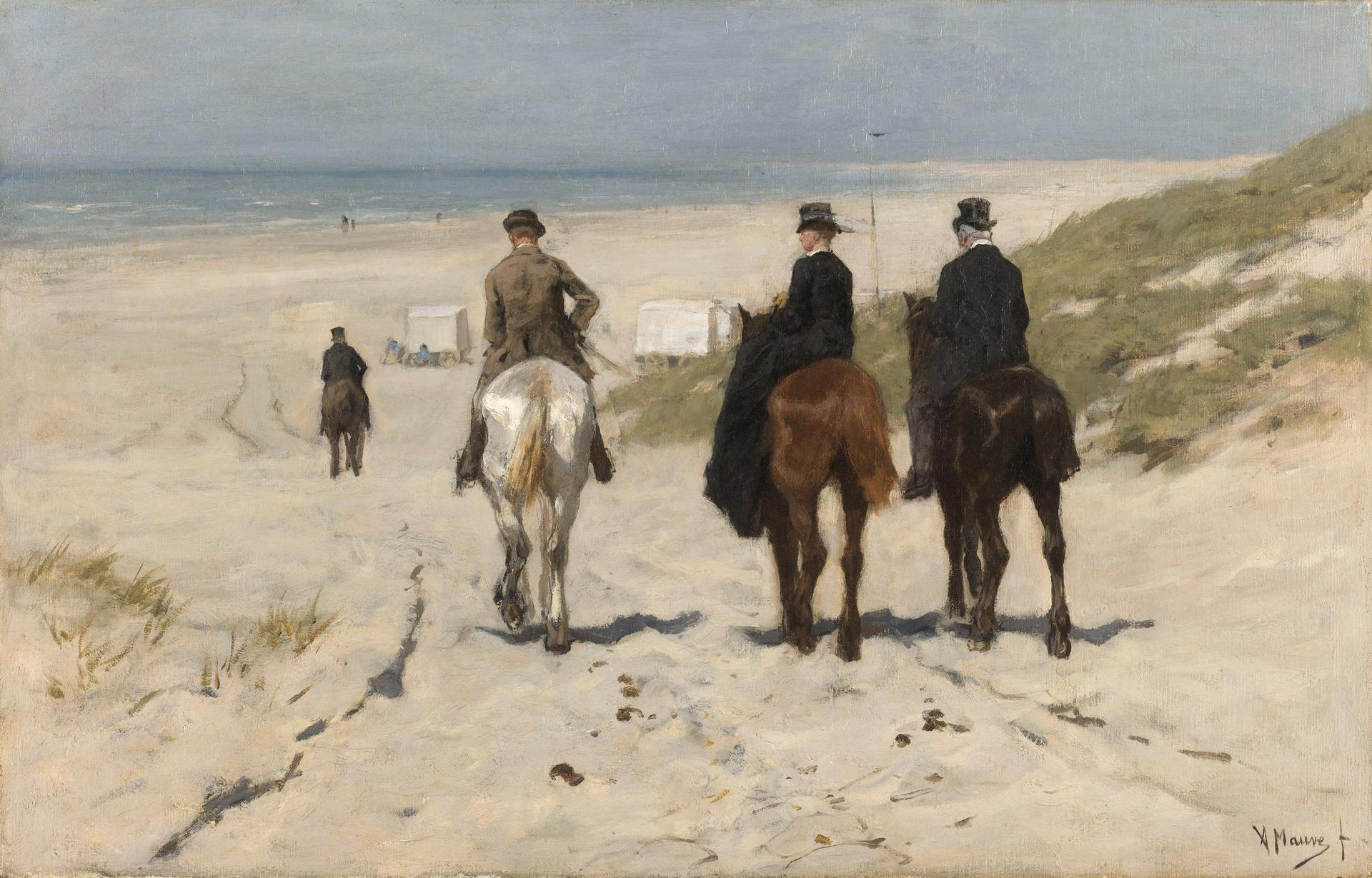
Courtesy of the Rijksmuseum
3. Anton Mauve's Morning Ride along the Beach (1876), Rijksmuseum, Museumstraat
In the second half of the 19th century, a group of Dutch artists headquartered in The Hague brought international attention to the Dutch art scene with their plein-air depictions of Holland’s stubbornly grey, if dynamically lit, landscapes and seascapes. Anton Mauve (1838–1888)—who taught Van Gogh and later inspired Mondrian—was arguably their leading figure, and his masterpiece now suggests a muted fusion of Realism and Impressionism.
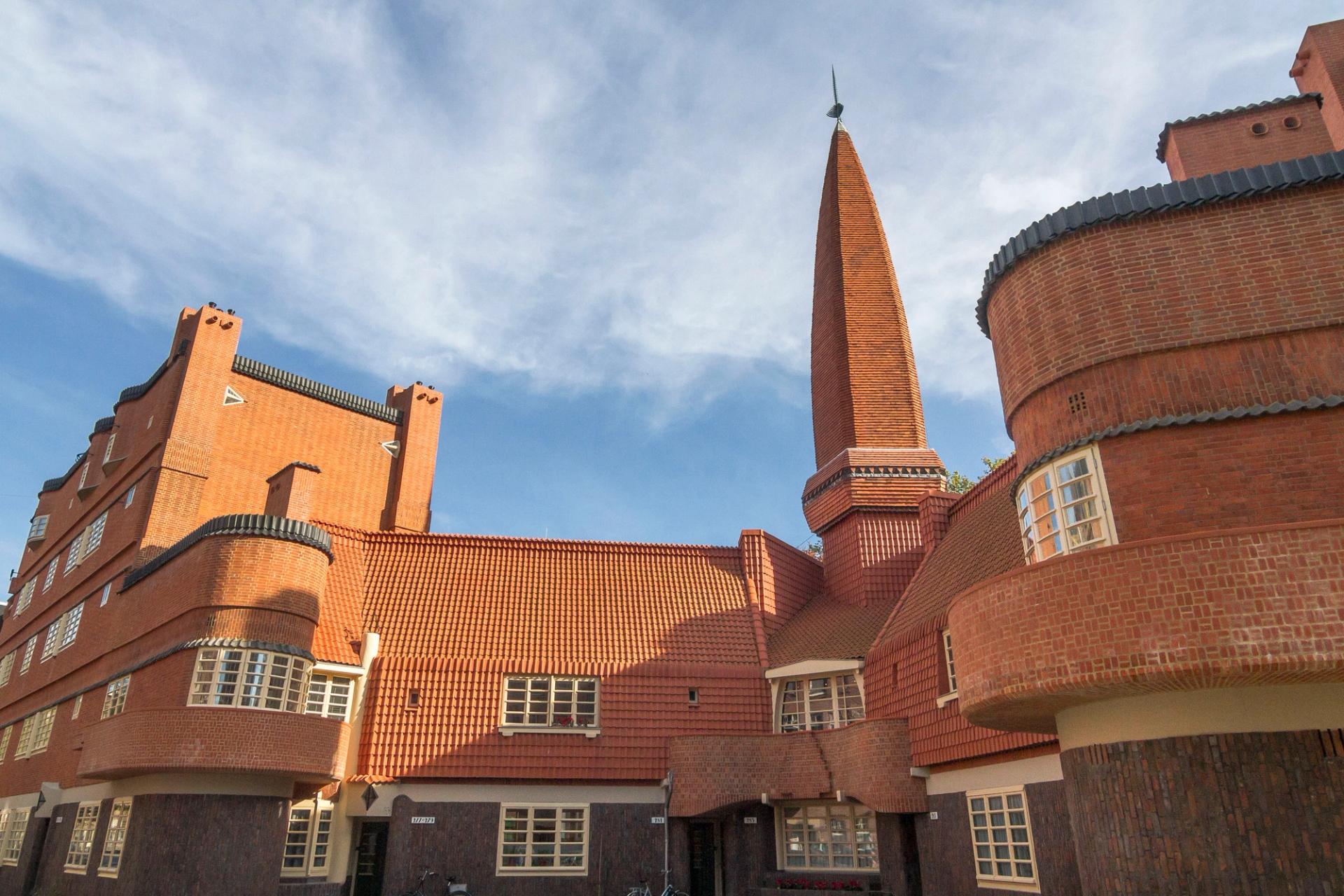
© Amsterdamse School Museum Het Schip / Marcel Westhoff
4. Michel de Klerk's Museum Het Schip (1919), Oostzaanstraat
During the First World War, neutral Holland fostered the emergence of a number of avant-garde movements, but none left a mark on the Dutch capital quite like the Amsterdam School of architecture which combined traditional materials, expressionist forms, and socialist politics. The stolid, fanciful, red-brick complex in the west of the city called “The Ship" was designed by an ingenious architect who died at 39 and is home to a museum that commemorates the movement's story. The displays, which include a range of decorative arts and documents, are worth the trip, but a walk around the perimeter of the complex itself may be the highlight.
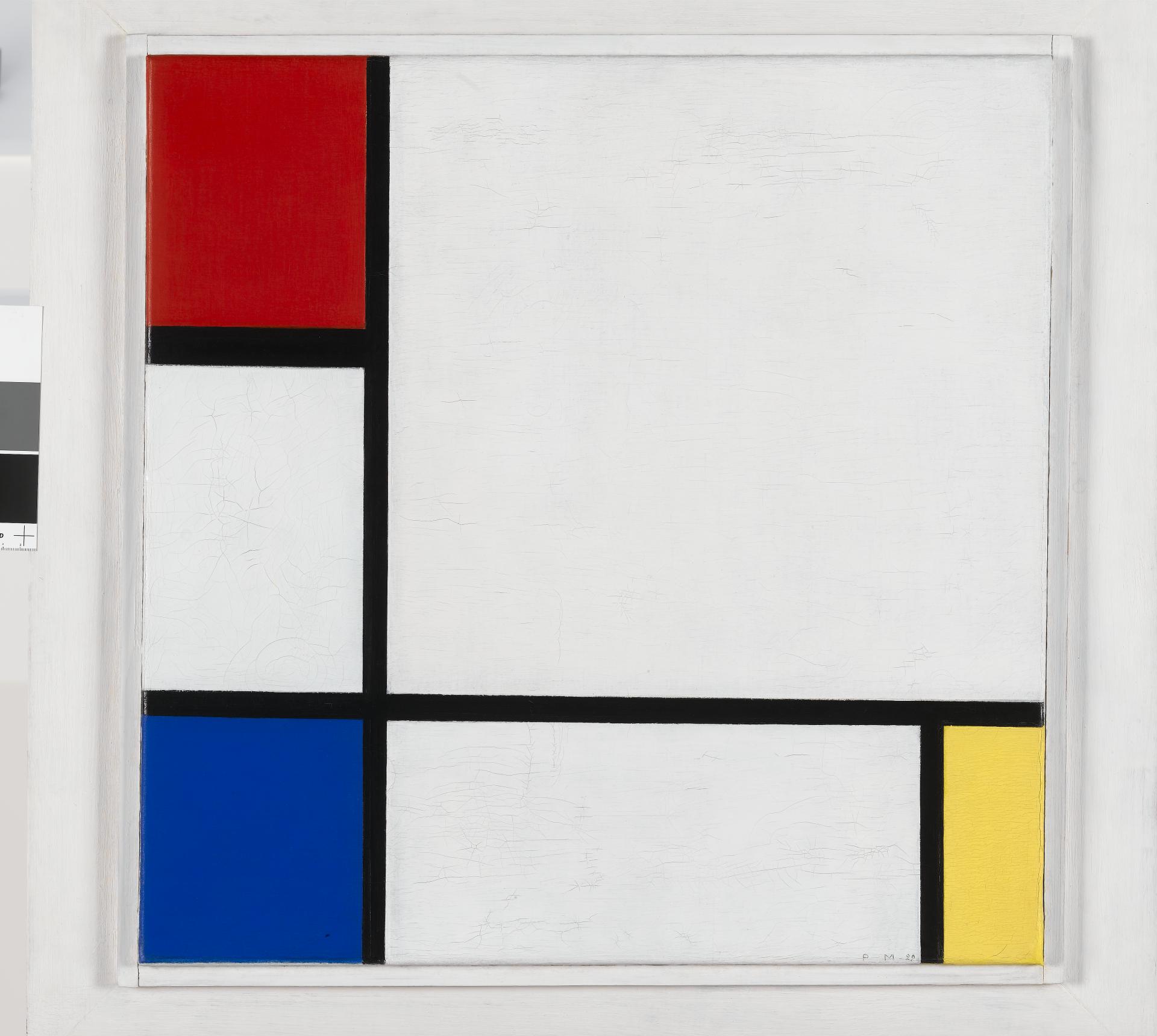
Courtesy Stedelijk Museum Amsterdam
5. Piet Mondrian's Composition No. IV, with Red, Blue, and Yellow (1929), Stedelijk Museum Amsterdam, Museumplein
Mondrian’s journey from an Amsterdam art student with a flair for landscapes, in around 1892, to Paris’s unassuming Modernist colossus in the decades between the world wars has a high point in this square painting. Marked by a broad, black horizontal line and built-up layers of white, it is a transit work between the colour blocks of the early 1920s and the elaborate grids of the 1930s and beyond.

Courtesy of the Rijksmuseum
6. Johannes Vermeer's The Milkmaid (around 1660), Rijksmuseum, Museumstraat
Scholars now argue that Vermeer became acquainted with a camera obscura by the late 1650s, and that experience bore fruit in this kitchen scene. Here, the illusion of light streaming in enhances isolated details, from the sandy crusts of bread to the folds of the maid’s blue apron. A main attraction at the Rijksmuseum, the painting has meanwhile morphed into a symbol of the Netherlands itself.
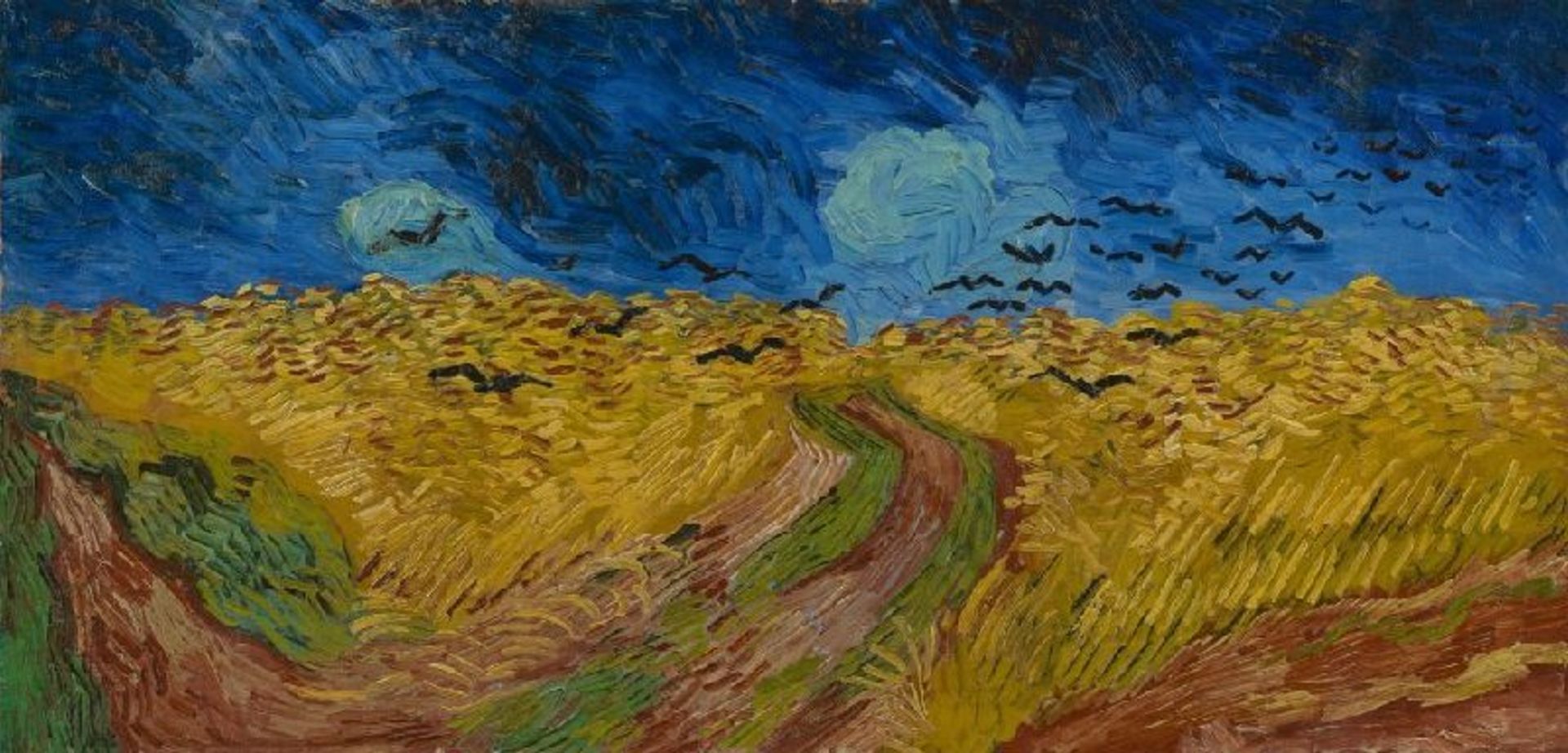
Credit: Van Gogh Museum, Amsterdam / Vincent van Gogh Foundation
7. Vincent van Gogh's Wheatfield with Crows (1890), Van Gogh Museum, Museumplein
Credit: Van Gogh Museum, Amsterdam (Vincent van Gogh Foundation)
Painted in the last month of Van Gogh’s life, this ominous, glorious work, with its death-bearing crows and life-affirming wheat stalks now portends the artist’s approaching suicide—while living on as a celebration of his unique gifts.
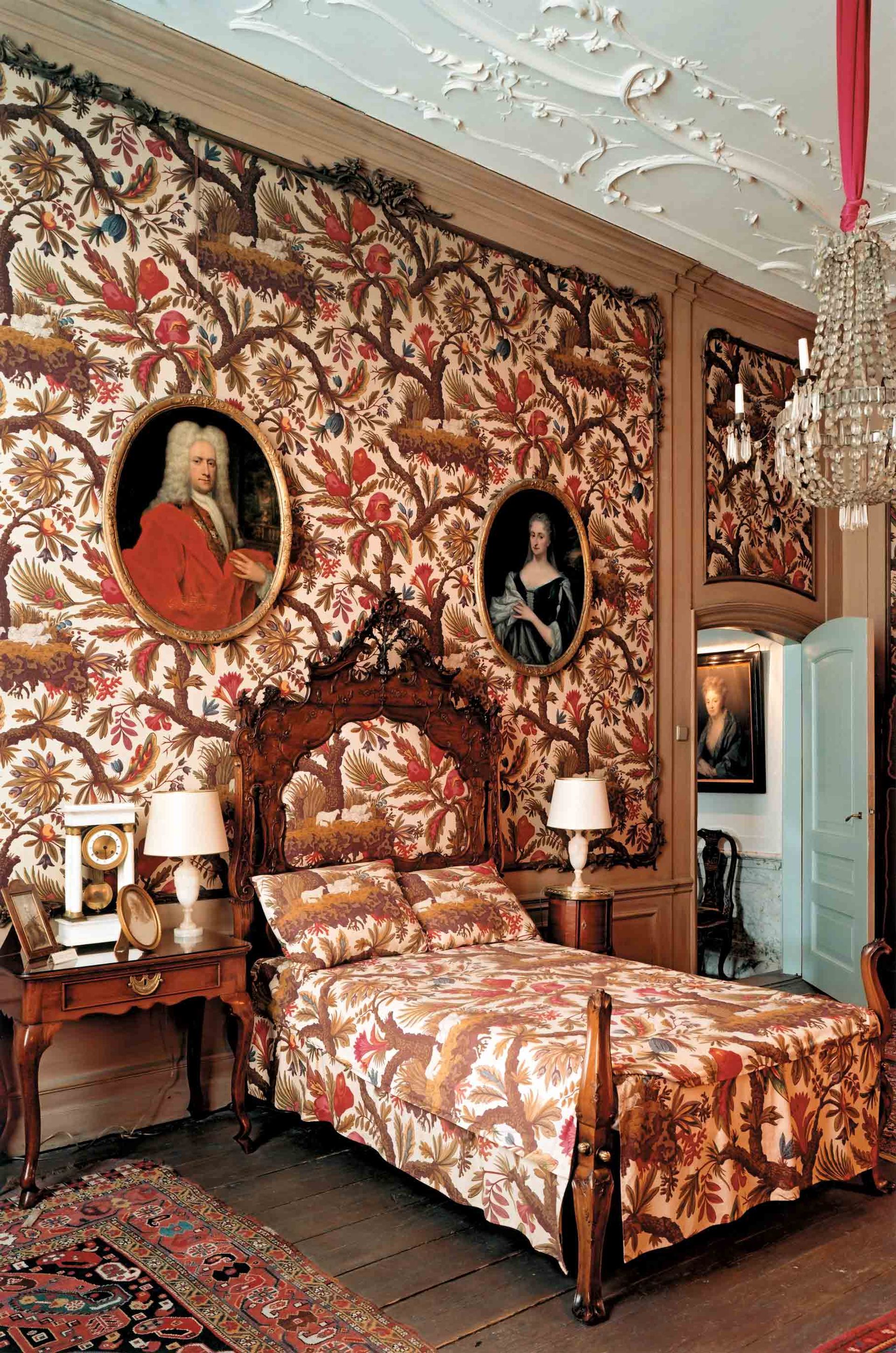
Photo: Peter Kooijman, 2010 © Museum van Loon
8. The Sheep Room (17th-19th centuries), Museum Van Loon, Keizersgracht
The bounty and bling of Holland’s acquiring upper classes—who, century upon century, commissioned, collected and were consoled by the country’s artistic treasures—is preserved in the Museum Van Loon, in the heart of Amsterdam's 17th-century canal belt. Dating to the 1670s, the house contains an agglomeration of furnishings and fashionable trappings from later centuries. Its most celebrated interior space is found in an upstairs bedroom, named for the sheep motif on the matching wall and bed covers.
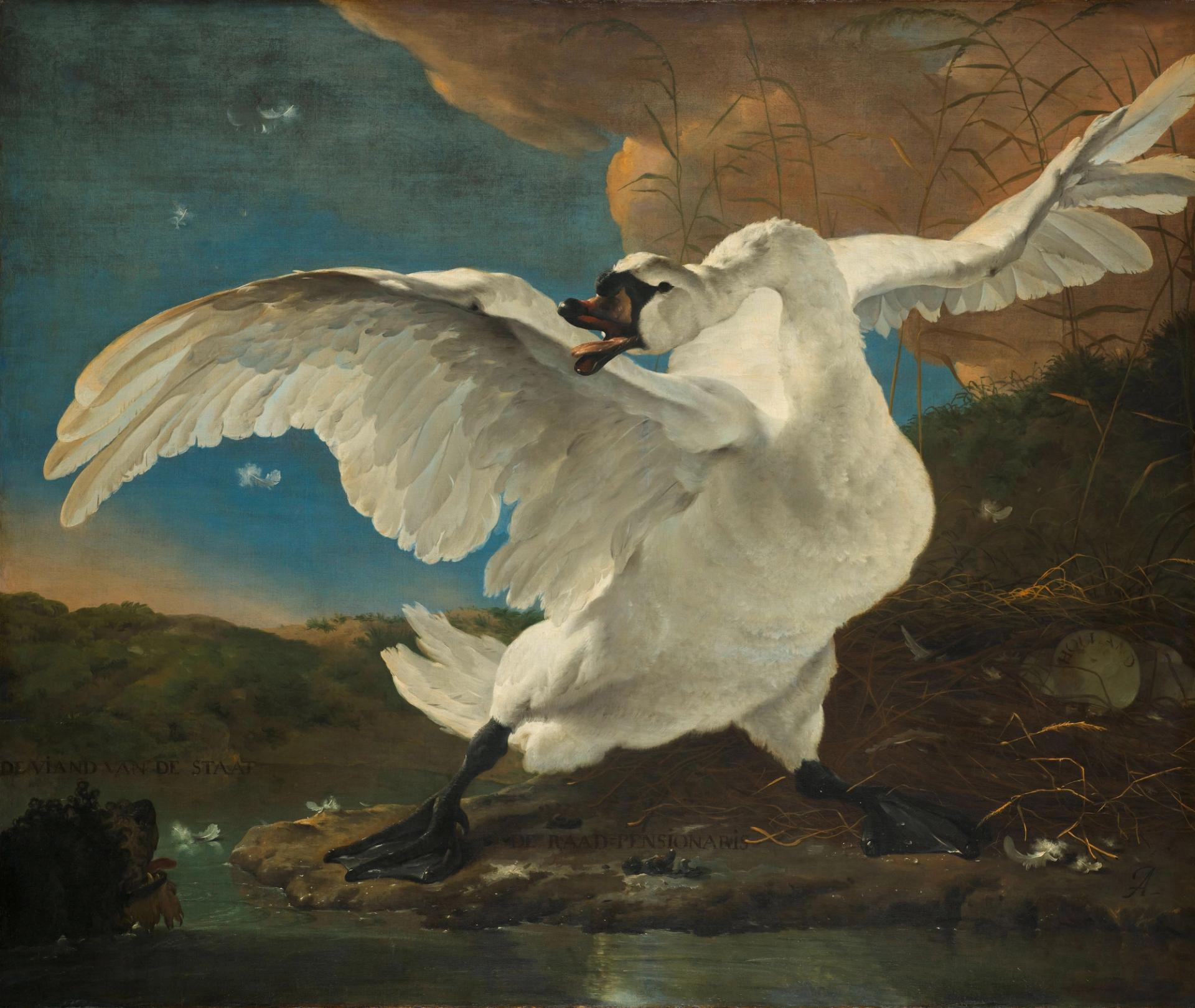
Courtesy of the Rijksmuseum
9. Jan Asselijn's The Threatened Swan (around 1650), Rijksmuseum, Museumstraat
Back in 1800, when what would become the Rijksmuseum was housed in The Hague, the new nationally minded gallery bought as its first acquisition this life-size depiction of a swan defending its nest. A mysterious allegory—suggesting, perhaps, a watery Dutch Republic defending its autonomy—the painting is also an example of the rousing realism that marked the art of the Golden Age.

Collection Cobra Museum of Modern Art, Amstelveen c/o Pictoright 2023
10. Karel Appel's Femmes, enfants, animaux (1951), Cobra Museum of Modern Art, Sandbergplein (Amstelveen)
A native of Amsterdam, Karel Appel (1921–2006) got his start as a figurative-minded abstract artist in Holland’s immediate postwar Cobra movement, a high point of 20th-century Dutch art. The large size of this 2.80-meter wide work sets it apart from the movement’s other paintings, recalling Picasso’s attenuated figuration and Mondrian’s penchant for primary colours, with a contained chaos that is Appel’s own.


